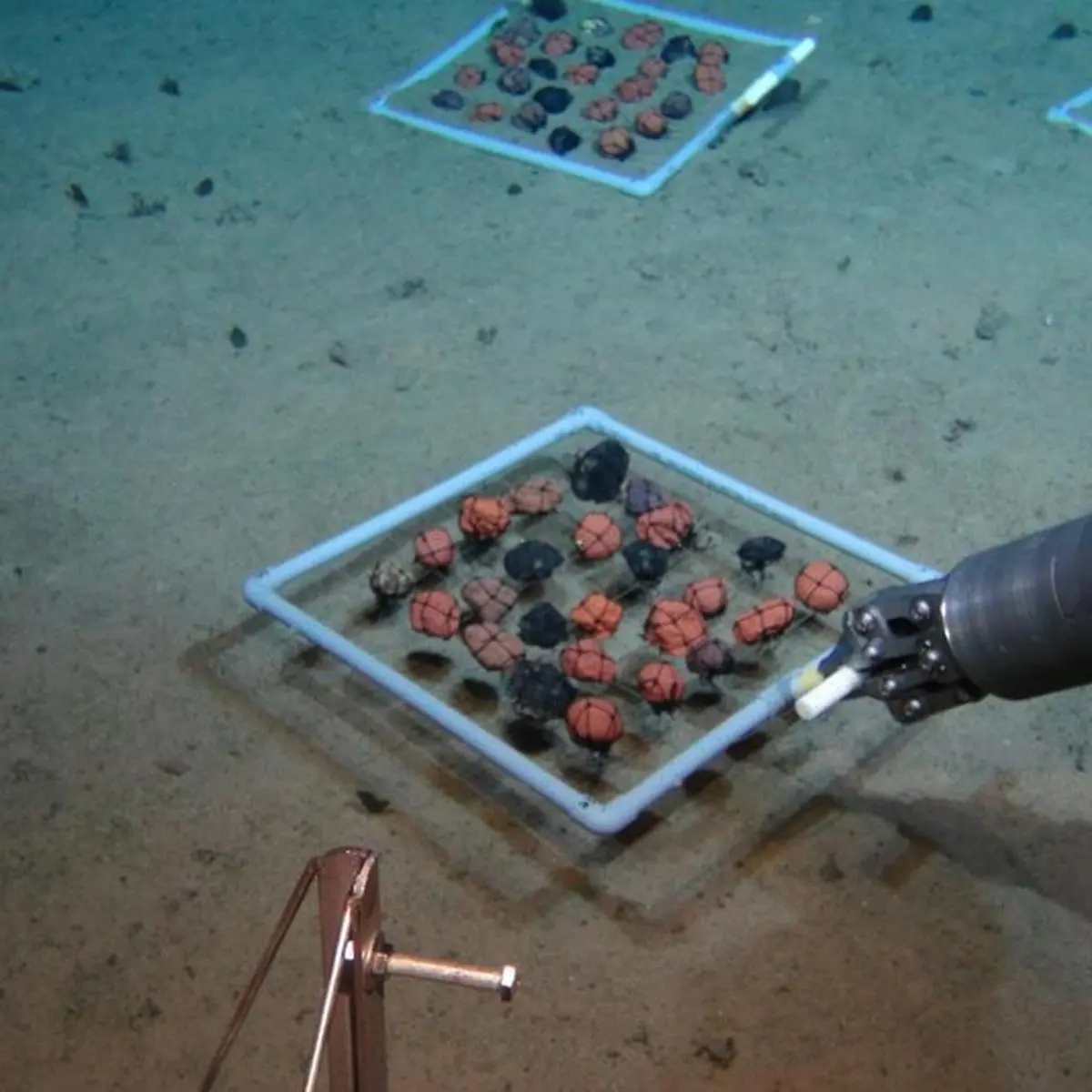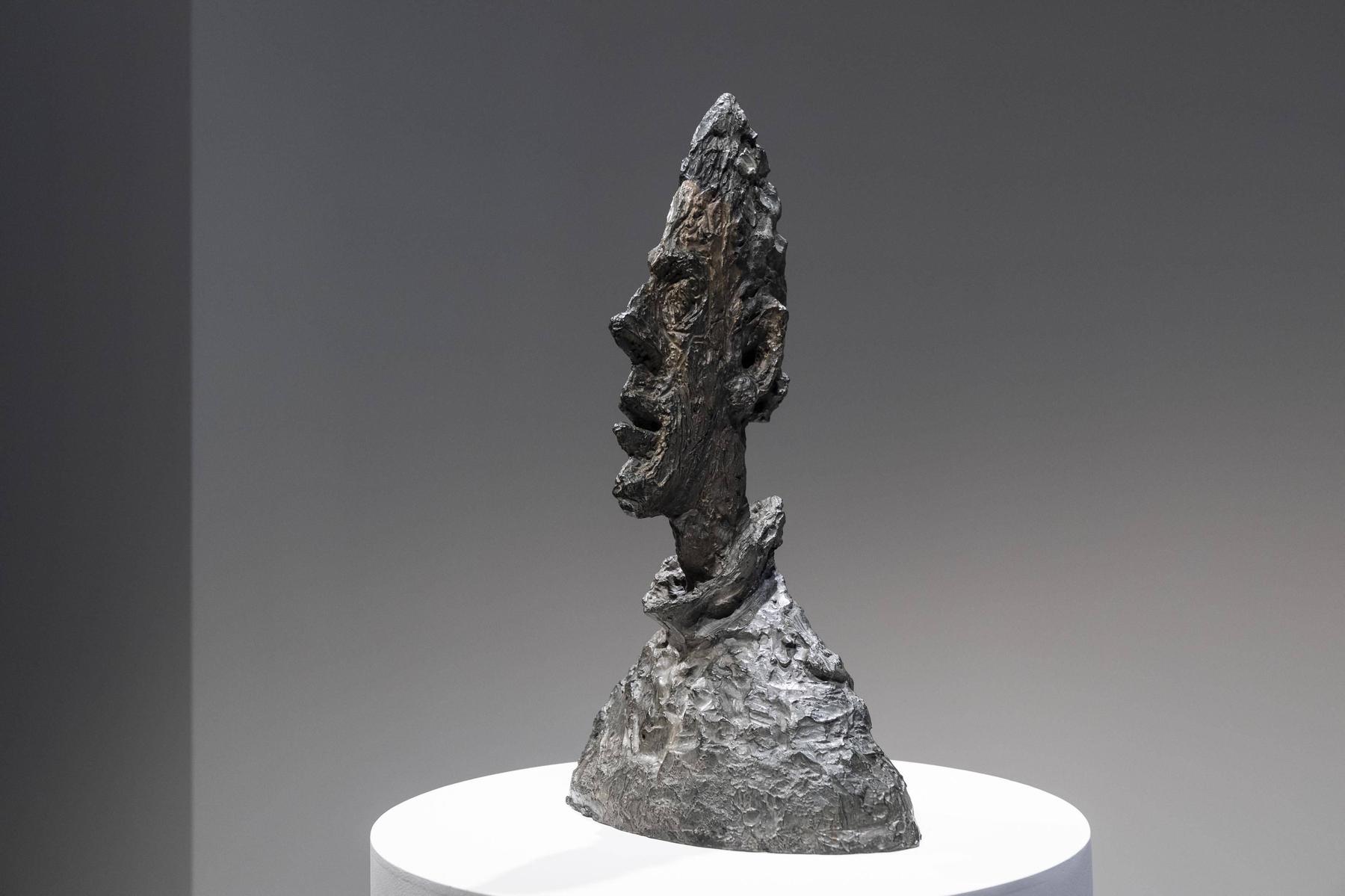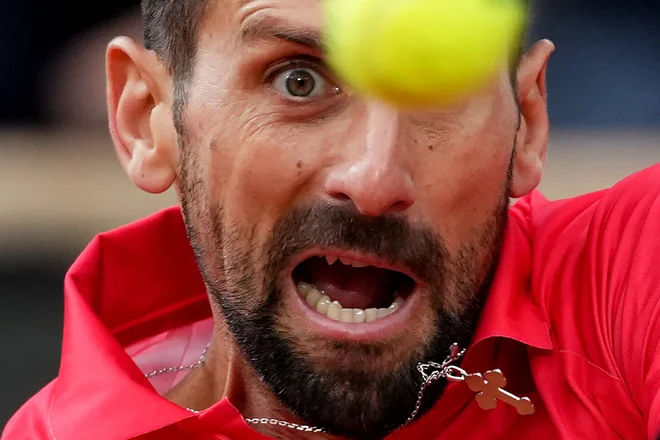It is teeming under the deep sea floor! – Diepresse.com

The marine biologist Sabine Gollner observes animals in thousands of meters deep, on and in the bottom of the oceans. In addition, she advises politics in the Netherlands on how to protect the deep sea from mining damage.
Main image
•
Giant tube worms and eel mother fish can be seen in pictures from 2500 meters. Robot pilots on the research ship direct the underwater robots that take photos and take rehearsals.
•
Rov Subastian/CC BY-NC-SA/Schmidt Ocean Institute
The current business trip has Sabine Gollner Run across the ocean again, but this time not to look for living things. The marine biologist from Upper Austria accompanied the Dutch delegation to Jamaica as a scientific advisor to meet the meeting International Sea flooring agency (ISA), in the politically negotiation of mining in the deep sea. Deep in the sea, huge amounts of metals such as cobalt, nickel, copper and manganese are stored in the sea floors.
« Some countries want to start with deep -sea mountain construction of the metals as soon as possible, others say: Stop – first we need good laws to protect the deep sea and the ecosystems, » says Gollner, who on the renowned Nioz works (Royal Institute for Sea Research). She has been living with her family in the Netherlands for over eleven years. She goes to work by train and ferry to the island of Texel north of Amsterdam, where the Nioz is located.
The robot arm examines the artificial tubers made of ceramic, which are intended to serve as a replacement for the harvested manganese naps for the ecosystem. This is the first series of tests worldwide for renaturation in the deep sea.
Rov Subastian/ CC BY-NC-SA/ Schmidt Ocean Institute
New tubers on empty fields
Gollner is one of the first worldwide to Renaturation in the deep sea Researched: In a project, she set artificial tubers in the Pacific Ocean at 4500 meters on harvested fields of manganese noles (mineral aggregate). Now she is pursuing whether and which microorganisms and animals accept the test tubers made of ceramic as a new habitat. « The deep sea is very competitive because of its raw materials. We are now clarifying whether and how to restore ecosystems there, » says Gollner. Natural manganese nollen are many millions of years old and play an important role in the ecosystem and in the food network of the ocean. On and in these structures you will find corals, sponges, worms and crustaceans of all kinds that only live on and in manganese nollen and nowhere else.








